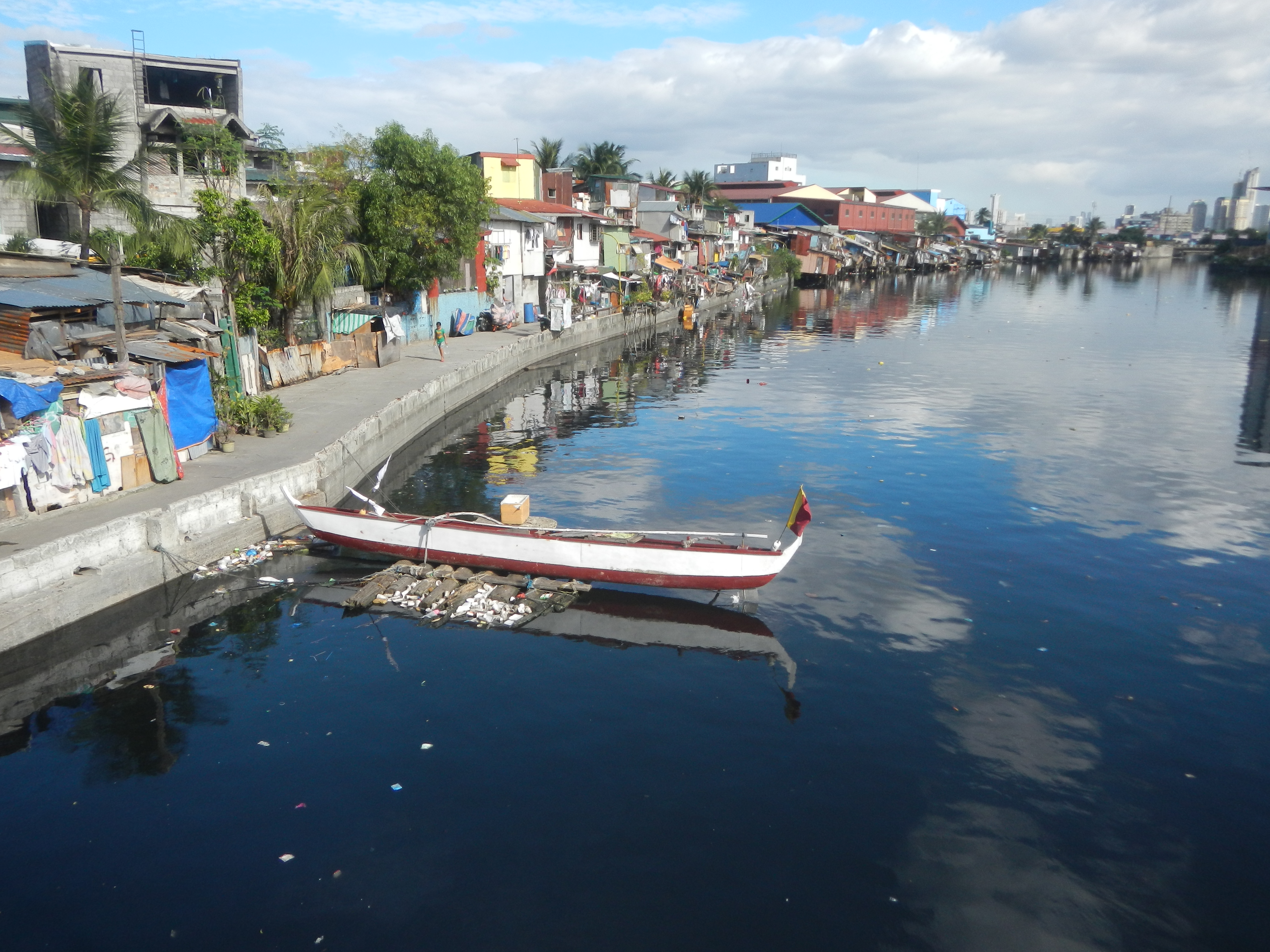|
Estero De Vitas
The Estero de Vitas is one of the rivulets, known as ''esteros'', which delineated the small islands which historically constituted the city of Manila and its predecessors, the Tagalog polities (called ''bayan'') of Rajahnate of Maynila, Maynila and Tondo (historical polity), Tondo. These esteros, along with the larger rivers of Manila Bay and the Pasig River delta, originally formed an important connecting network which allowed the precolonial polities of that Tagalog people, Tagalog and Kapampangan people, Kapampangan peoples. The Estero de Vitas drains water from Manila as far as Tayuman Street, and then dumps water directly to Manila Bay. It is connected to the Navotas River, as well as to Canal de la Reina and Estero de Sunog Apog. References Rivers of Metro Manila {{Philippines-geo-stub ... [...More Info...] [...Related Items...] OR: [Wikipedia] [Google] [Baidu] |
